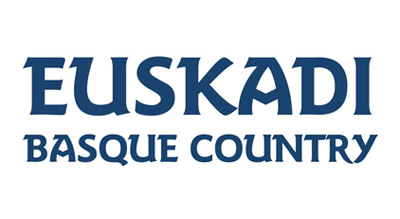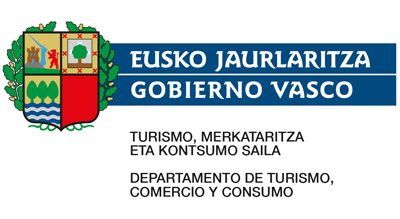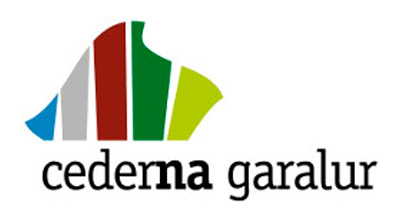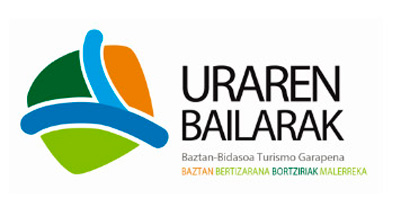Bidasoa Greenway
Historia del Ferrocarril
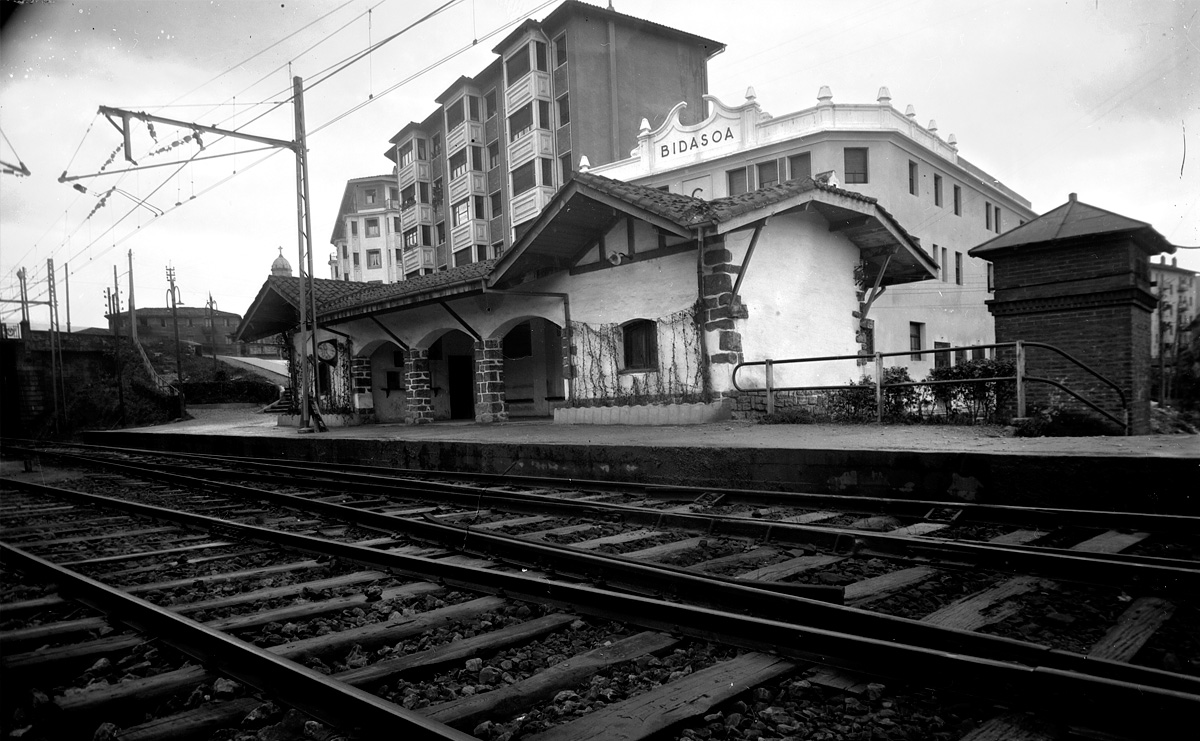
This line began its life in a very modest way as a mining railway linking Irún with the mining zone of Endarlatza. The first 10 km, built to the unusual 915 mm gauge, opened in 1898. In 1916 it underwent a radical transformation: the line was extended to Elizondo, at the headwaters of the river, and the gauge was converted to the standard Spanish metre gauge. This extension and change of gauge brought with it another sweeping transformation: the line evolved from a mining railway into a fully fledged public service, carrying both passengers and freight along its 51.5 km length. Behind this project was the Compañía de los Ferrocarriles del Bidasoa, backed by the French financial group Crédit Foncier d’Algérie et Tunisie.
The promoters even envisaged a long branch to Pamplona, though it never went beyond the planning stage. The railway’s modest existence saw a slight revival in the post-war years, but the closure of the mines and growing competition from road transport drove the company towards ruin. Matters worsened dramatically in 1953, when devastating floods –as with the Plazaola Railway– swept away sections of the track. Although repairs were made, the line never truly recovered and was permanently closed on New Year’s Eve, 1956.


